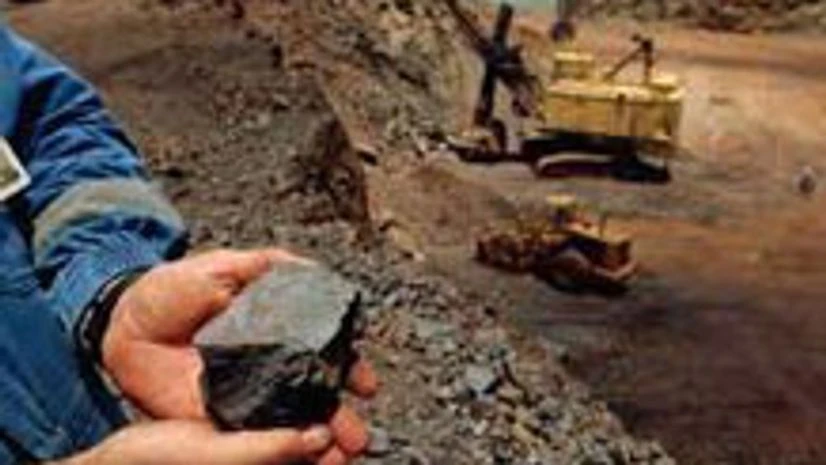The state government’s orders for reopening of a few major iron ore mines currently under shutdown can free up to 27 million tonne of iron ore for buyers besides spelling a revenue gain of Rs 1,300 crore for Odisha.
Industry sources said, the government needs to take a swift call on resumption of these non-captive mines which have all the necessary clearances. Once these mines restart operations, iron ore production would be augmented, helping to rein in steep ore prices triggered by sharp fall in ore production to 47.35 million tonne (mnt) in 2014-15 compared to 77.91 mnt in the year ago fiscal. Iron ore production plummeted as an order of the Supreme Court in May last year prompted temporary closure of some key iron ore mines in the state.
“The state government needs to take expeditious steps to reopen non-captive leases in the interest of mineral development, benefit of end use industries and royalty gain. The non-captive leases with all clearances need to be restarted swiftly since they can carry operations only till 2020 as per the amended MMDR (Mines and Minerals- Development & Regulation) Act, 2015. These lessees are suffering due to lack of quick action at the government level,” said Prabhakar Rout, mining expert and vice president of Utkal Chamber of Commerce & Industry (UCCI).
As of now, only 46 out of 143 iron ore mines are operational in the state. Of the 46 operational mines, eight are categorised as captive while the rest merchant mines. The non-captive leases have a production capacity of 106.07 million tonne per annum (mtpa).
ALSO READ: OMC's iron ore price hurts steel makers
“Opening of more iron ore mines will ensure availability of ore to steel industries at optimal prices. Today, the steel units are operating at barely 50 per cent capacity as ore prices continue to be prohibitive. The government took some steps in the right direction by announcing a ceiling on ore transport cost and also by withdrawing the Special Leave Petition (SLP) from the Supreme Court in the RP Sao case,” said a senior official of a leading steel firm.
Said a government official, “We are examining the status of different leases on case to case basis. The mines that have all the clearances will be put up at the subsequent meetings of the inter-departmental committee.”
Recently, the state government withdrew the SLP filed against miner R P Sao for transportation of raised iron ore. R P Sao had requested the state government to allow transportation of raised iron ore from its own mines. However, it was turned down on the ground that the iron ore was raised after lapse of lease period.
Steel makes that have invested Rs 1.2 lakh crore on their projects in Odisha were passing through a rough patch as iron ore prices had not corrected in tune with global benchmarks. State owned iron ore producer and supplier Odisha Mining Corporation (OMC) had also not cut its steep floor price for iron ore fines and lumps despite piling inventory.
Giriraj Daga, portfolio manager at SKS Capital & Research Pvt Ltd, said, “Should the state government open more mines, it will help stabilise iron ore prices. It would also mean increased availability of iron ore for buyers and prompt to cut its auction floor price.”
Apart from high ore prices, steel industries have also been burdened with the state government’s proposal to impose an upfront fee of Rs 2.5 crore for every cusec of water allocated. The state water resources department has planned to create a corpus fund of Rs 2,500 crore by levying a charge of Rs 2.5 crore per cusec of water allotted to industrial units. The proposed fund would be utilised to construct 20 in-stream storage structures that can be used by industries in lean months.

)
